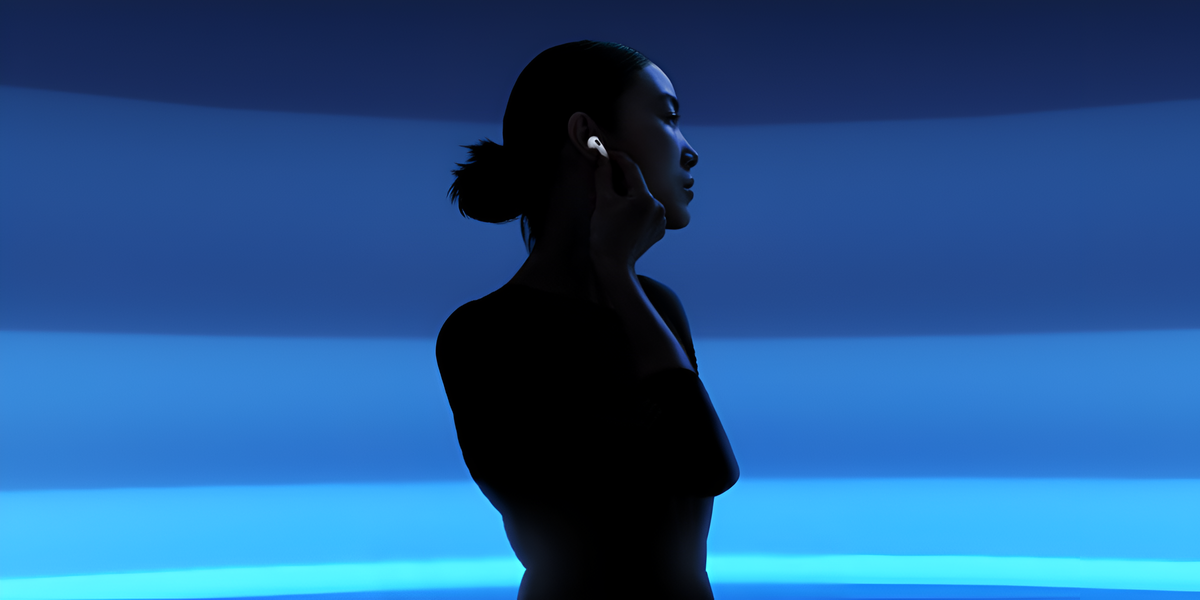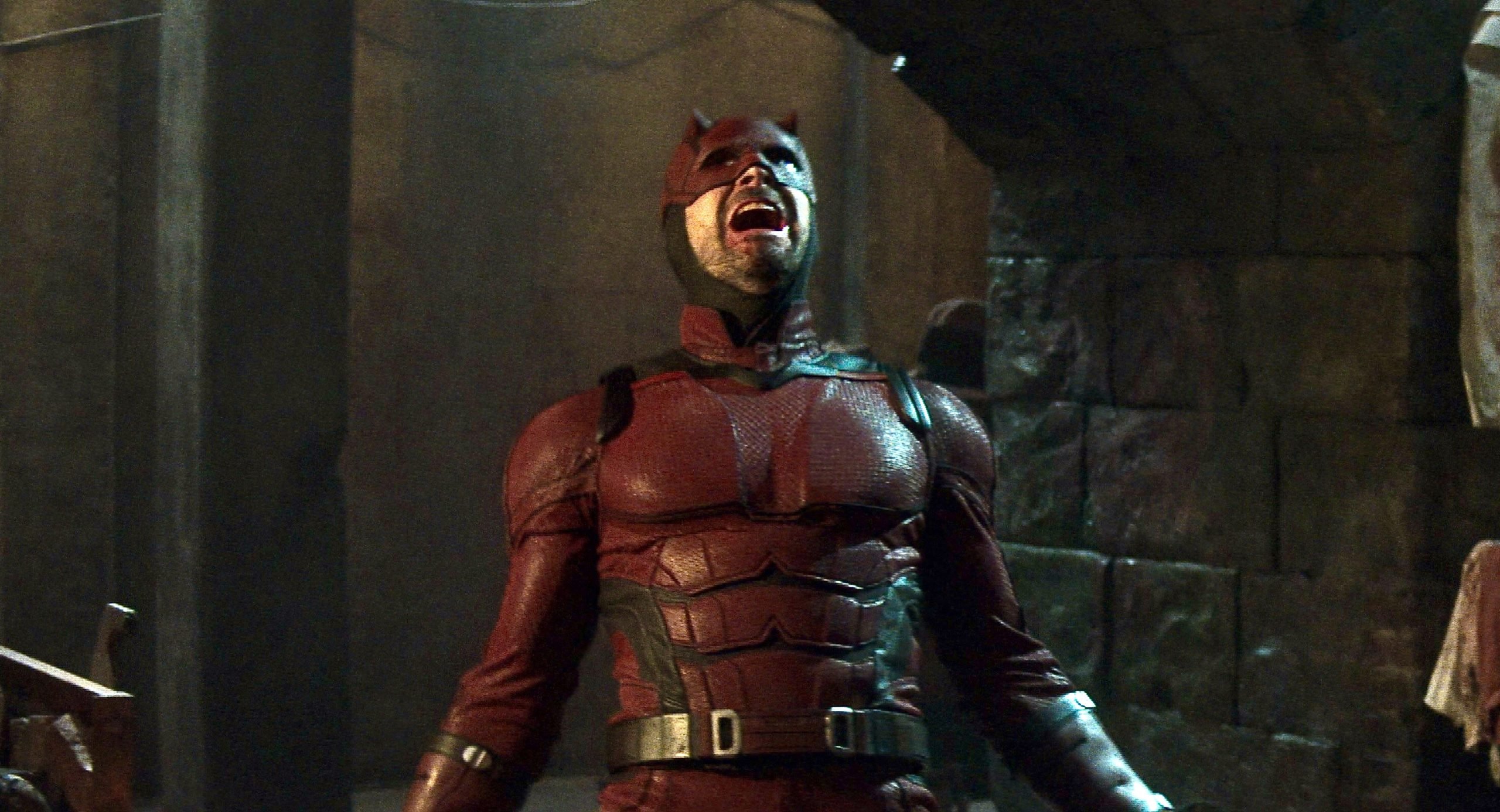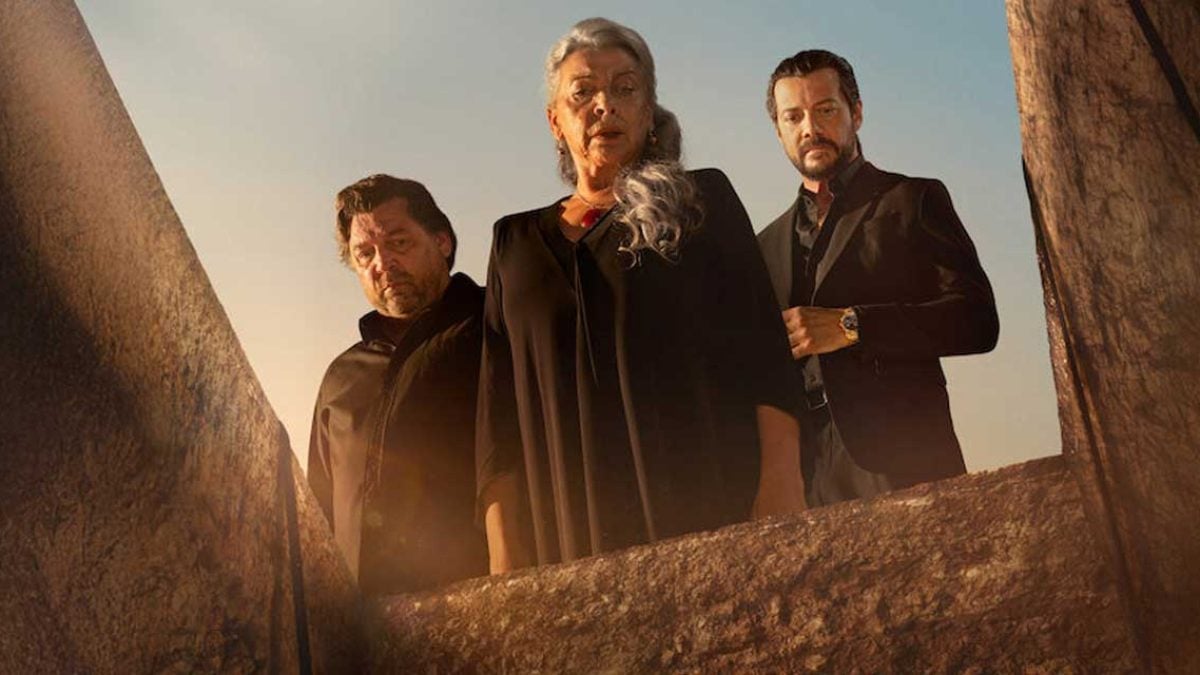In all likelihood, the 2024 film year will be remembered for its innovation among the most popular films. From Emilia Perezwhich explores gender identity through music to Wickedwith complex political implications behind the fantasy. The truth is that Hollywood has found experimental ways to delve into complex and often uncomfortable topics. But Brutalistgoes in exactly the opposite direction and, in fact, we can say that this is a return to classic cinema, both in rhythm and tone.
The story, which tells the story of a survivor of the Nazi Holocaust, thoughtfully examines the nature of generational pain and trauma. But also how art can be a necessary means of healing for both the spirit and the mind. Director Brady Corbett takes the ability of architecture and design to elevate the world through beauty and turns it into an obvious metaphor. Thus, every building, room or structure in the film has a clear intention. show symbolism in the healing, growth and maturity of its characters.
This is an unusual and risky decision. Especially because Brutalist You need time to present your ideas and symbolize the visual section. So the film’s first half hour, which includes a musical overture as a prologue, is a tour of what’s to come. From the construction of buildings and locations as settings for moving situations to the contemplative way in which the film tells its story. The film pays special attention to studying it the basics before moving on to more complex ones.
Traumatic and painful story
The script, co-written by the same director and Mona Fastvold, focuses on Laszlo Toth (Adrien Brody), a Hungarian Jew who travels to North America to start a new life. This means that he has left behind a long career as an architect and is determined to start over, be it in his field or something else. Brutalist he skillfully avoids the usual clichés in period dramas, so that Laszlo is much more a man determined to carry on than a victim. However, all his energy and efforts, They hide the pain, but the plot shows it without being obvious or resorting to sentimentality.
On the contrary, the plot reflects the suffering of the main character that is happening around him. So it shows him trying to dissuade his wife Erzsebet (Felicity Jones) and niece Zsofia (Raffey Cassidy) from leaving Hungary and joining him. The letters, rather than the elements of plot development, reflect Laszlo’s state of mind. At the same time, the way he perceives what is happening around him. It’s also a smart way to carefully examine the film’s context.

The same goes for the protagonist’s skills as a builder and architect. The script presents him as an expert who loves what he does and takes solace in his talent. Brutalist It is emotional and touching without resorting to melodramatic twists or downright pessimistic situations. Before this, he uses the fact of mastery as a way to understand what is happening in Laszlo’s inner world and what significance mastery and work have in his life. Whether as an assistant in Primo Attila’s (Alessandro Nivola) furniture store or in a more complex job. Laszlo’s ability to transform objects and rooms Something beautiful is necessary for your search for peace and redemption.
Good solutions for a historical epic

But Laszlo’s real journey to a second chance at life begins when he remodels Harrison Lee Van Buren’s (Guy Pearce) library. A seemingly unimportant task that becomes the door to recognition and, in many ways, appreciation of the protagonist’s talent. Thus, the plot accurately describes how Laszlo transforms an ordinary room. in an artistic space of significant beauty.
Actually, Brutalist Much of the emphasis of his script is to show the transformation of the mundane into art. This, while at the same time allowing the main character to turn all the horror, fear and pain of his past into works of art. The process between these two allows the film to achieve an intimate and almost philosophical atmosphere while maintaining outstanding visuals. Filmed in VistaVision, an older format that uses 35mm film for higher resolution. Laszlo’s works become powerful images of his inner healing.

But when Van Buren challenges the protagonist to build a building that defies everything he has done, Brutalist Find the center of your room. The plot then focuses on showing how an architect works. Thus, images of his careful calculations become scenes connecting eras and countries. There are moments of greatest interest in the film when it manages to create a parallel between the walls, partitions and floors, with all the efforts László puts into achieving success. Before this, prove to yourself that you are capable of regaining a sense of justice and love. And all this in a new country and after a traumatic experience.
An elegant piece of cinema

Brutalist This is a film about talent and how it can be a way to heal physically and mentally. And also an epic showing the value of human labor. Both points of view may seem archaic or even part of a slightly outdated proposal. But the director manages to connect them with such current topics as the struggle for recognition. or the desire to achieve economic success as an objective goal.
Subscribe to Hypertext daily newsletter. Get the most important, up-to-date information on technology, science and digital culture delivered to your inbox every day.
However, the film also plays with the emotionality of the protagonist, who feels strange everywhere. So you need to find new space to grow. All points of view that the film turns into a carefully considered aesthetic section and which are ultimately deepened through brilliant screenwriting decisions. The perfect mix for a production that demonstrates that the most complex and mature cinema, still has a place in today’s entertainment world.
Source: Hiper Textual













